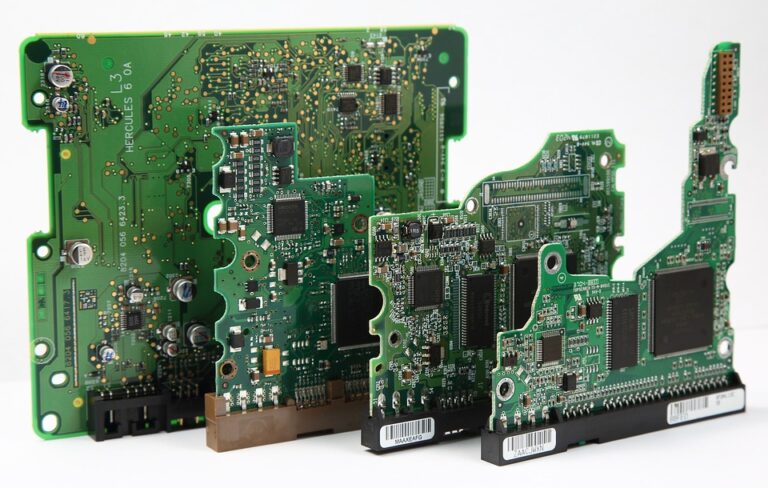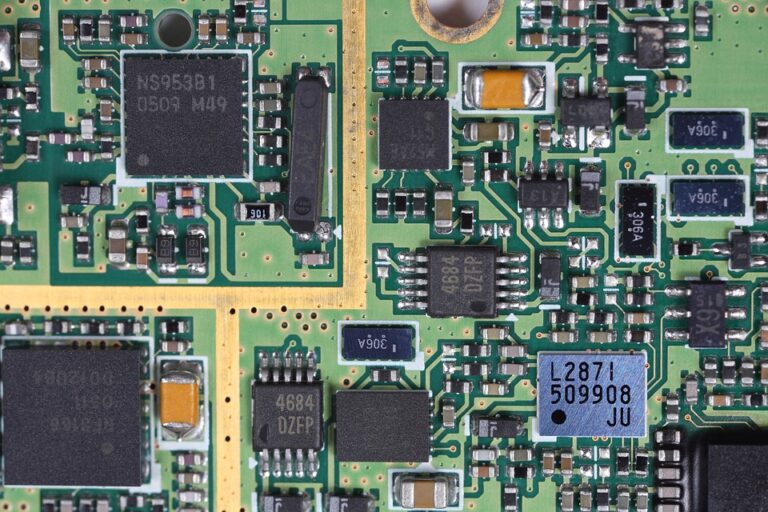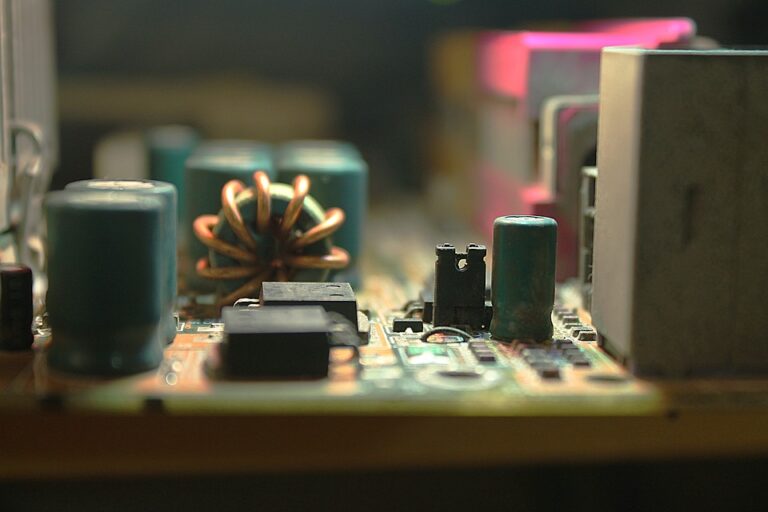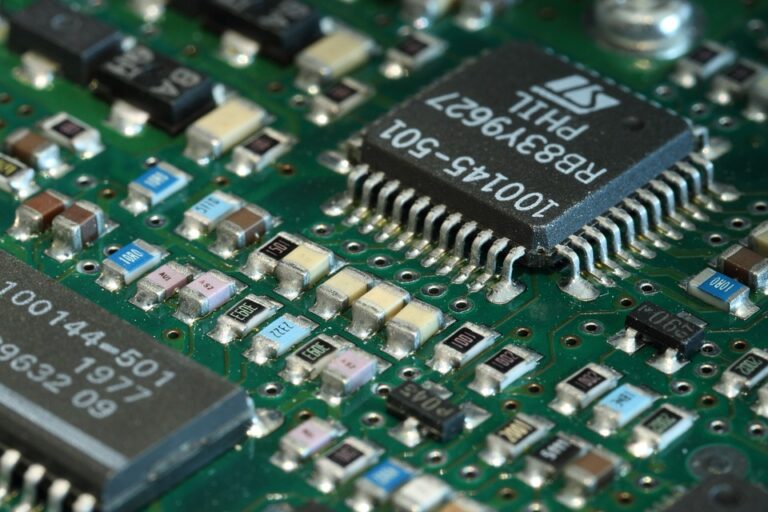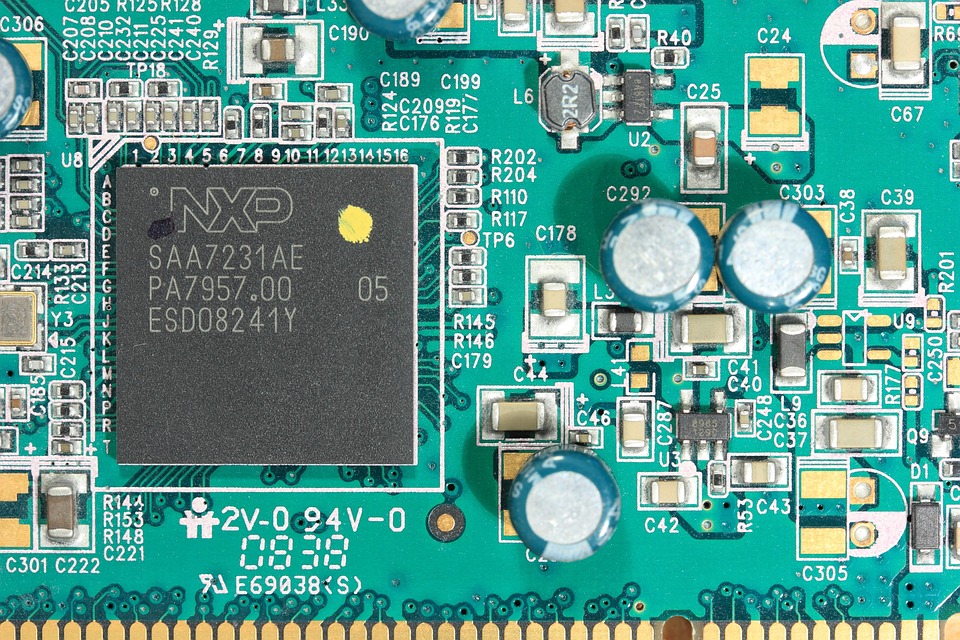
PCB Assembly Services: A Comparison of In-House vs. Outsourced Options
When it comes to PCB assembly services, companies often face a crucial decision: whether to assemble their printed circuit boards (PCBs) in-house or outsource the task to a third-party provider. Both options have their pros and cons, and the choice ultimately depends on the company’s specific needs, resources, and goals. In this article, we will compare the in-house and outsourced options for PCB assembly services, highlighting the advantages and disadvantages of each.
In-House PCB Assembly Services
In-house PCB assembly services involve assembling and testing PCBs within the company’s own facilities. This approach allows for greater control over the assembly process, enabling companies to tailor their assembly techniques to meet specific product requirements. In-house assembly also enables companies to keep sensitive information and intellectual property within the organization.
Advantages of in-house PCB assembly services include:
- Greater control over the assembly process
- Ability to tailor assembly techniques to specific product requirements
- Retention of sensitive information and intellectual property
- Flexibility to adjust production volume and schedule
However, in-house PCB assembly services also have several disadvantages:
- Higher upfront costs for equipment, training, and facility setup
- Requires significant investment in personnel and training
- May require specialized expertise and certifications
- Can be time-consuming and labor-intensive
Outsourced PCB Assembly Services
Outsourced PCB assembly services involve contracting a third-party provider to assemble and test PCBs. This approach allows companies to focus on their core competencies while leaving the assembly process to specialized experts. Outsourced assembly also enables companies to access advanced equipment and technology that may not be feasible to purchase or maintain in-house.
Advantages of outsourced PCB assembly services include:
- Access to advanced equipment and technology
- Reduced upfront costs for equipment and facility setup
- Expertise and specialized knowledge in PCB assembly
- Flexibility to adjust production volume and schedule
However, outsourced PCB assembly services also have several disadvantages:
- Lack of control over the assembly process
- Potential for intellectual property and sensitive information leakage
- Dependence on the provider’s quality and reliability
- Potential for communication and logistical challenges
Comparison of In-House and Outsourced PCB Assembly Services
When comparing in-house and outsourced PCB assembly services, it is essential to consider the company’s specific needs, resources, and goals. In-house assembly may be suitable for companies with high-volume production requirements, sensitive information, or specific product requirements. On the other hand, outsourced assembly may be more suitable for companies with limited resources, variable production volumes, or a need for advanced equipment and technology.
Ultimately, the choice between in-house and outsourced PCB assembly services depends on the company’s ability to balance the advantages and disadvantages of each option. Companies should carefully evaluate their needs and resources before making a decision.
Conclusion
In conclusion, both in-house and outsourced PCB assembly services have their advantages and disadvantages. Companies must carefully consider their specific needs, resources, and goals before making a decision. By weighing the pros and cons of each option, companies can make an informed decision that best suits their requirements and enables them to achieve their goals.
FAQs
Q: What are the typical costs associated with in-house PCB assembly services?
A: The costs associated with in-house PCB assembly services can vary widely depending on the company’s size, equipment, and personnel. However, typical costs include equipment and facility setup, personnel and training, and materials and supplies.
Q: What are the typical costs associated with outsourced PCB assembly services?
A: The costs associated with outsourced PCB assembly services typically include a per-unit cost for assembly and testing, as well as any additional fees for setup, training, and materials.
Q: What are the typical lead times for in-house PCB assembly services?
A: The lead times for in-house PCB assembly services can vary widely depending on the company’s production capacity and schedule. However, typical lead times range from a few days to several weeks.
Q: What are the typical lead times for outsourced PCB assembly services?
A: The lead times for outsourced PCB assembly services typically range from a few days to several weeks, depending on the provider’s production capacity and schedule.
Q: What are the typical quality standards for in-house PCB assembly services?
A: The quality standards for in-house PCB assembly services typically depend on the company’s internal quality control processes and certifications. However, companies may also choose to obtain external certifications such as ISO 9001 or IPC-A-610.
Q: What are the typical quality standards for outsourced PCB assembly services?
A: The quality standards for outsourced PCB assembly services typically depend on the provider’s internal quality control processes and certifications. However, companies may also choose to obtain external certifications such as ISO 9001 or IPC-A-610.

